Pouria Golshanrad
University of Tehran
Effective Black Box Testing of Sentiment Analysis Classification Networks
Jul 30, 2024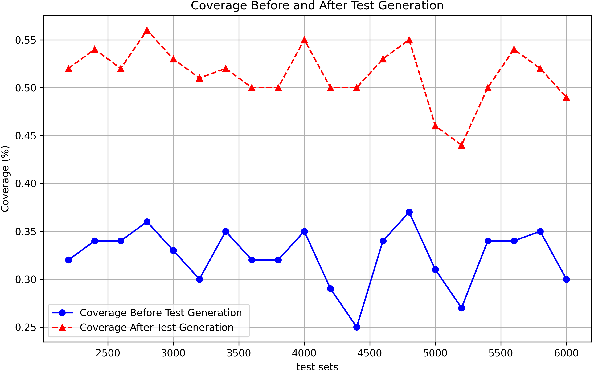

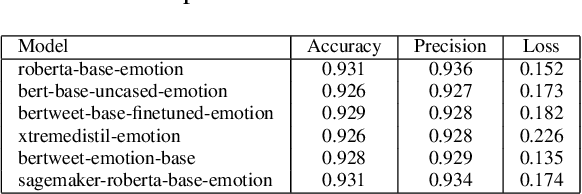
Abstract:Transformer-based neural networks have demonstrated remarkable performance in natural language processing tasks such as sentiment analysis. Nevertheless, the issue of ensuring the dependability of these complicated architectures through comprehensive testing is still open. This paper presents a collection of coverage criteria specifically designed to assess test suites created for transformer-based sentiment analysis networks. Our approach utilizes input space partitioning, a black-box method, by considering emotionally relevant linguistic features such as verbs, adjectives, adverbs, and nouns. In order to effectively produce test cases that encompass a wide range of emotional elements, we utilize the k-projection coverage metric. This metric minimizes the complexity of the problem by examining subsets of k features at the same time, hence reducing dimensionality. Large language models are employed to generate sentences that display specific combinations of emotional features. The findings from experiments obtained from a sentiment analysis dataset illustrate that our criteria and generated tests have led to an average increase of 16\% in test coverage. In addition, there is a corresponding average decrease of 6.5\% in model accuracy, showing the ability to identify vulnerabilities. Our work provides a foundation for improving the dependability of transformer-based sentiment analysis systems through comprehensive test evaluation.
DeepCover: Advancing RNN Test Coverage and Online Error Prediction using State Machine Extraction
Feb 10, 2024


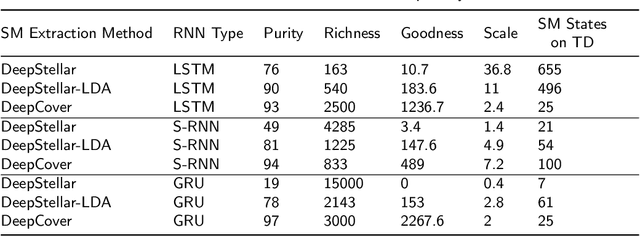
Abstract:Recurrent neural networks (RNNs) have emerged as powerful tools for processing sequential data in various fields, including natural language processing and speech recognition. However, the lack of explainability in RNN models has limited their interpretability, posing challenges in understanding their internal workings. To address this issue, this paper proposes a methodology for extracting a state machine (SM) from an RNN-based model to provide insights into its internal function. The proposed SM extraction algorithm was assessed using four newly proposed metrics: Purity, Richness, Goodness, and Scale. The proposed methodology along with its assessment metrics contribute to increasing explainability in RNN models by providing a clear representation of their internal decision making process through the extracted SM. In addition to improving the explainability of RNNs, the extracted SM can be used to advance testing and and monitoring of the primary RNN-based model. To enhance RNN testing, we introduce six model coverage criteria based on the extracted SM, serving as metrics for evaluating the effectiveness of test suites designed to analyze the primary model. We also propose a tree-based model to predict the error probability of the primary model for each input based on the extracted SM. We evaluated our proposed online error prediction approach using the MNIST dataset and Mini Speech Commands dataset, achieving an area under the curve (AUC) exceeding 80\% for the receiver operating characteristic (ROC) chart.
Real-time Travel Time Estimation Using Matrix Factorization
Dec 01, 2019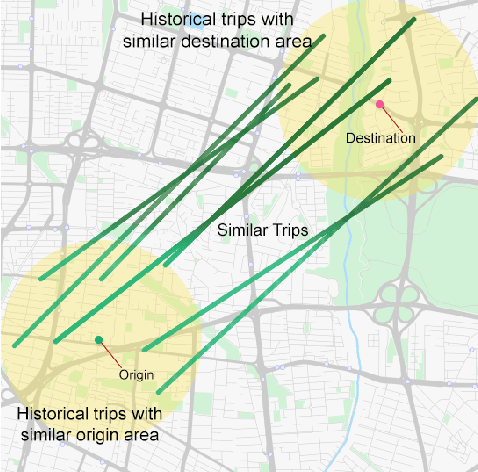

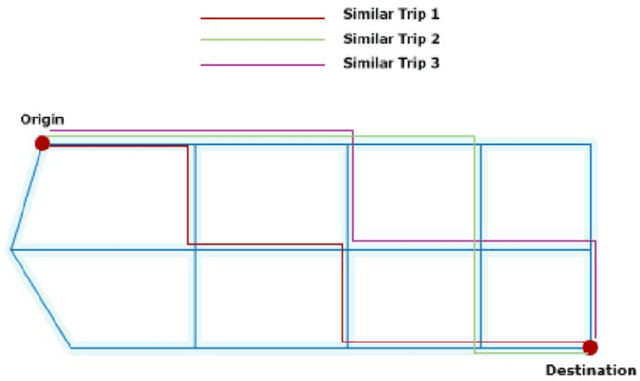
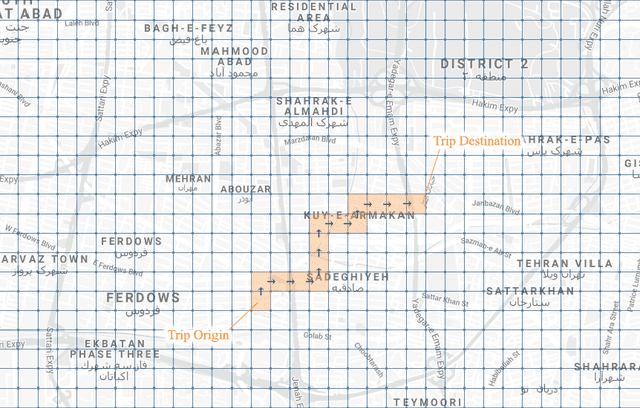
Abstract:Estimating the travel time of any route is of great importance for trip planners, traffic operators, online taxi dispatching and ride-sharing platforms, and navigation provider systems. With the advance of technology, many traveling cars, including online taxi dispatch systems' vehicles are equipped with Global Positioning System (GPS) devices that can report the location of the vehicle every few seconds. This paper uses GPS data and the Matrix Factorization techniques to estimate the travel times on all road segments and time intervals simultaneously. We aggregate GPS data into a matrix, where each cell of the original matrix contains the average vehicle speed for a segment and a specific time interval. One of the problems with this matrix is its high sparsity. We use Alternating Least Squares (ALS) method along with a regularization term to factorize the matrix. Since this approach can solve the sparsity problem that arises from the absence of cars in many road segments in a specific time interval, matrix factorization is suitable for estimating the travel time. Our comprehensive evaluation results using real data provided by one of the largest online taxi dispatching systems in Iran, shows the strength of our proposed method.
Predicting passenger origin-destination in online taxi-hailing systems
Oct 17, 2019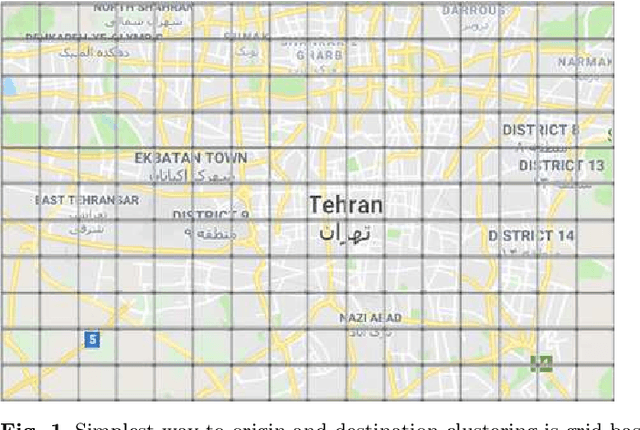

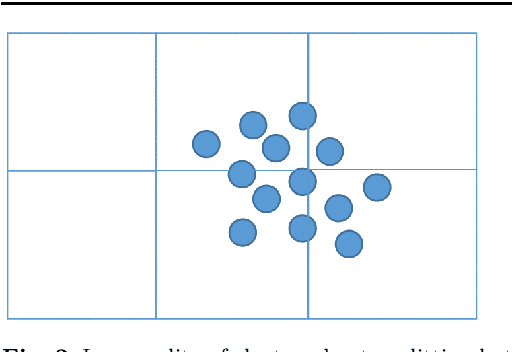

Abstract:Because of transportation planning, traffic management and dispatch optimization importance, the passenger origin-destination prediction has become one of the most important requirements for intelligent transportation systems management. In this paper, we propose a model to predict the origin and destination of travels which will occur in the next specified time window. In order to extract meaningful travel flows we use K-means clustering in four-dimensional space with maximum cluster size limitation for origin and destination. Because of large number of clusters, we use non-negative matrix factorization to decrease the number of travel clusters. We also use a stacked recurrent neural network model to predict travels count in each cluster. Comparing our results with other existing models show that our proposed model has 5-7% lower mean absolute percentage error (MAPE) for 1-hour time window, and 14% lower MAPE for 30-minute time window.
 Add to Chrome
Add to Chrome Add to Firefox
Add to Firefox Add to Edge
Add to Edge